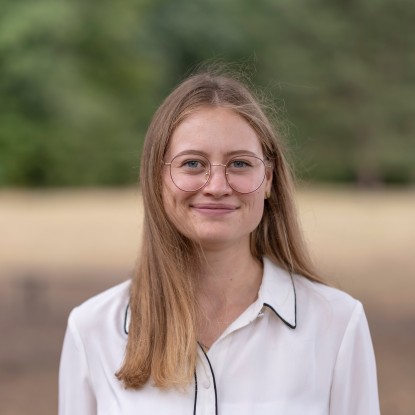For years, there has been a growing interest in mapping forest stands within the framework of sustainable and site-adapted forest management. In this context, data regarding trees as well as parameters on diversity and the vital state of forest vegetation are of interest.
Since their time-consuming manual measurement is usually only practised on a small scale, approaches for faster and cheaper capture are being explored, such as remote sensing methods. With the help of airborne laser scanning (ALS), large-scale data is collected at regular intervals – however, some of the above-mentioned parameters can only be derived from these data with great effort. For example, ALS data often lacks information on stem size. The vegetation close to the ground is also only recorded to a very limited extent with ALS. Terrestrial laser scanning is used to obtain higher resolution data [1]. However, large-scale recording with terrestrial (static or mobile) laser scanners is similarly time-consuming as manual acquisition. Therefore, methods are being investigated that enable large-scale and detailed data acquisition. For many applications, such as water level and flow forecasts in case of floods or forest fire damage calculations, no precise information on the geometry of individual trees and shrubs is needed, but parameters such as cover structure, density and vitality. Such data is not available or not up to date for most forest areas today [2].
The aim of the project is to create a model of the forest, including understory vegetation. For this purpose, we intend to develop AI-based methods that allow the estimation of terrestrial laser point clouds from large-scale ALS data. To achieve this, a suitable deep learning architecture and data representation will be developed and investigated. Low-scale terrestrial data will be acquired by building a “sensor backpack”. Together with corresponding ALS point clouds, the deep learning network will be trained. With the help of new ALS data, terrestrial data will be estimated afterwards. Furthermore, the laser point clouds will be fused with multispectral images to extend the method with vital state estimation.
The project is supported by LOEWE funding line 5 “Exploration”.
[1] Cabo, C., Ordóñez, C., López-Sánchez, C.A., Armesto, J., 2018b. Automatic dendrometry: tree detection, tree height and diameter estimation using terrestrial laser scanning. Int. J. Appl. Earth Obs. Geoinf. 69, 164-174. https://doi.org/10.1016/j.jag.2018.01.011
[2] Leyer, I. Mosner, E., Lehmann, B. (2012): Managing floodplain forest restoration in European river landscapes combining ecological and flood protection issues. In: Ecological Society of America: Ecological Applications, 22(1) 2012. pp.240-249.
Applications, 22(1) 2012. S.240-249





